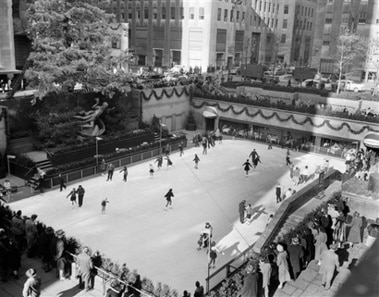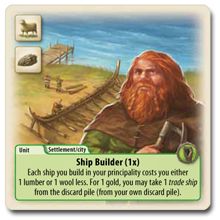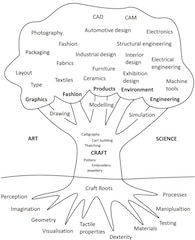Article summary

Quick background information: Ms. Knoll is known for her work in architecture, furniture design, and interior design; she was most active in the 1940s and 1950s. She helped found Knoll, a company which remains active in the furniture and office design market. The presentation was given by Lynne McCarthy, who is currently with the Knoll organization.
Throughout the presentation, Ms. McCarthy told several stories about Ms. Knoll’s work. One of my favorites was about her experience redesigning Nelson Rockefeller’s office in Rockefeller Center during the 1940s.
Florence Knoll Dug Deeper
When Mr. Rockefeller charged Ms. Knoll with redesigning his office, he gave only one absolute requirement: he wanted to retain the inkwell from his old office.

I like this story because it reminds us of how good design is about discovering underlying needs and satiating those needs; good design is not about applying the obvious, assumed solution.
Florence Knoll Sought Diverse Solutions

Then, as Lynne put it, Ms. Knoll reached out 1-2 levels from her core discipline and found a shipbuilder. The shipbuilder said, “sure, I can make that mold for you.”
Good design is manifested by a multidisciplinary team of multidisciplinary people. Ms. Knoll knew this and reached out to other disciplines when she needed help to realize her design.
Why I attended this talk

I attended this talk because I didn’t know anything about Florence Knoll. Ms. Knoll is active in architecture and furniture design — which is certainly not my core competency — but furniture design is 1-2 levels away from my core discipline.
So why not go? Much like the shipbuilder story, I can only learn, strengthen myself, and improve my ability to solve problems by reaching across multiple disciplines.
Thanks, Florence.
